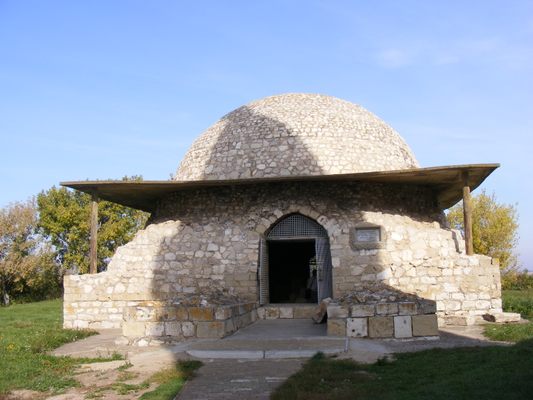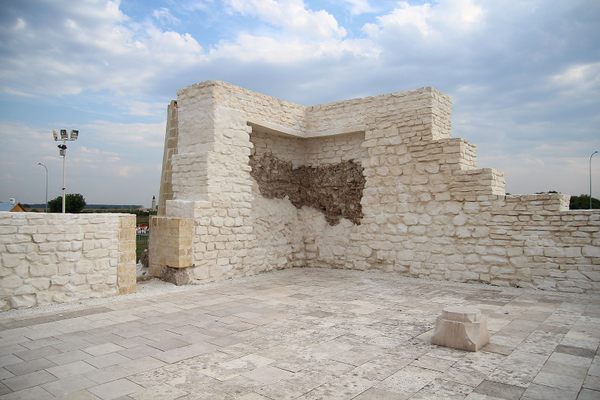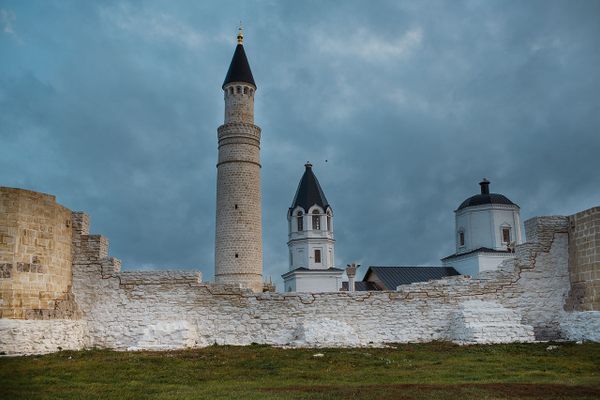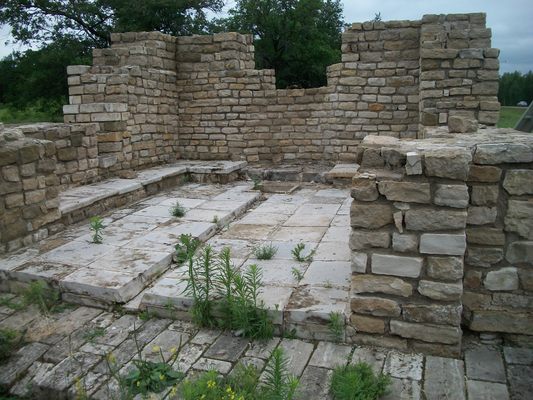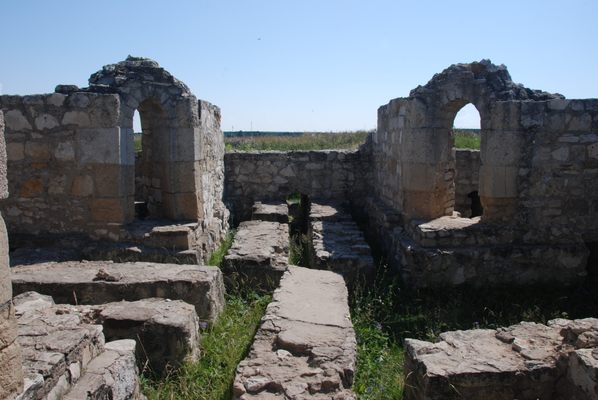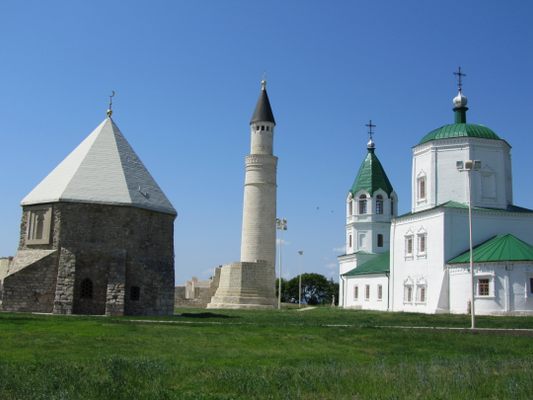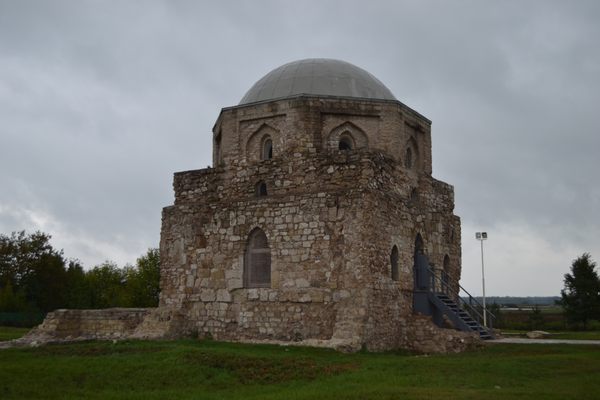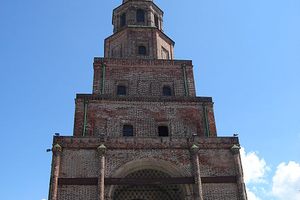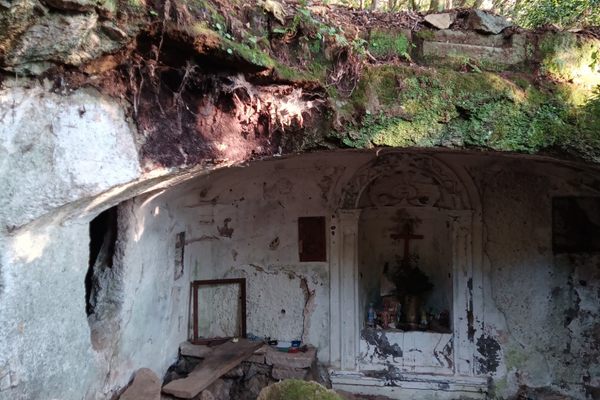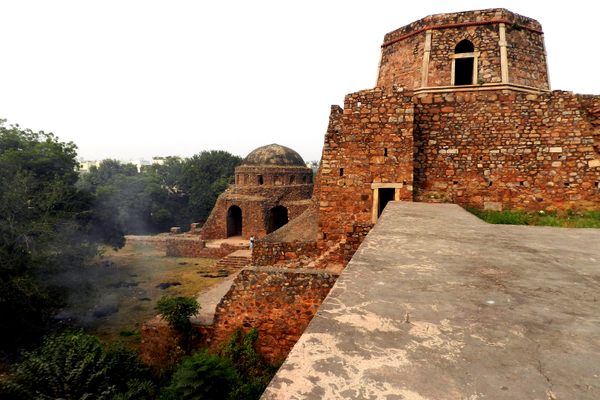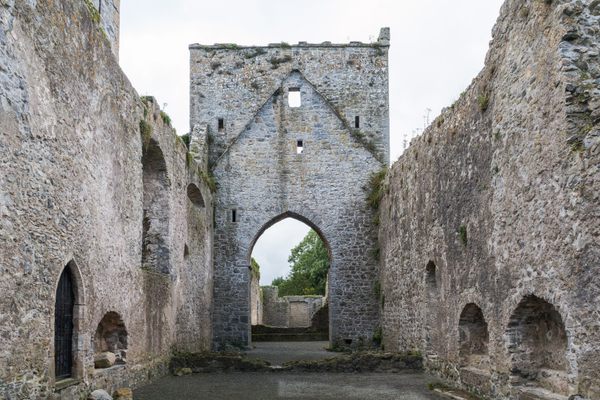About
Roughly 130 kilometers (80 miles) south of Kazan, the archaeological complex of Bolghar lies on the shore of the Volga River, not far from its modern descendant, Bolgar.
Evidence shows that Bolghar, the capital of Volga Bulgaria was established in the early Middle Ages. The capital was eventually moved to Bilyar. After the Mongols invaded in the early 13th century, Bolghar became the Golden Horde's capital. Under the reign of Berke, the Bulgars of the area converted to Islam. Most of the stone structures preserved today date back to this period. Through the subsequent times of the Khanate of Kazan, Bolghar continued to be an important centre of trade, bridging Europe and Asia. During this period of Mongol domination, Bolghar acquired immense wealth and the city grew to about tenfold its original size.
The city saw the start of its decline when the Tokhtamysh-Timur War broke out. It was severely damaged by Timur's attacks, pillaged by the Ushkuyniks (Russian pirates), and finally destroyed in 1431 by Vasily the Blind of Moscow. Thereafter, the site was preserved as a religious center for Tatar Muslims. The Khanate of Kazan was conquered by the Russian Czar Ivan IV, and Bolghar was incorporated into the Russian state and settled by Russian commoners. By the order of Czar Peter the Great, a special ukase (edict) was issued to preserve the surviving ruins, thought to have been the first Russian law aimed at preserving historical heritage.
Fast-forward to the Soviet times: the Muslims of Tatarstan and other parts of Russia were unable to participate in the hajj to Mecca. Its historical and religious significance made Bolghar a sufficient substitute for Mecca, and it became the center of a local movement called the Little Hajj.
In 2014, the Bolgar Historical and Archaeological Complex was designated as a UNESCO World Heritage Site. It consists of a hillfort, towers, mausoleums, and mosques.
Related Tags
Published
May 26, 2020
